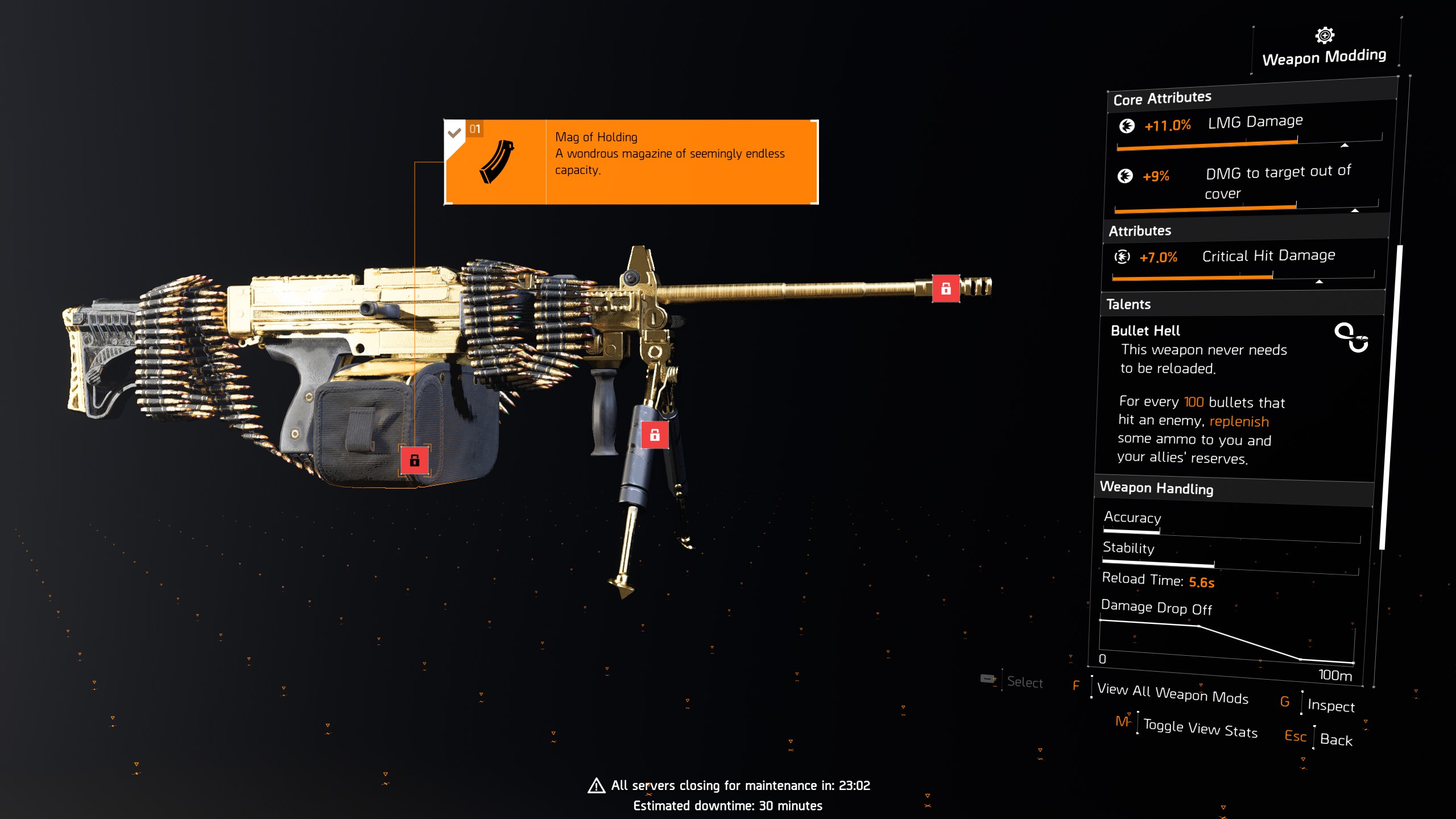

In the 1950s, a Beatnik subculture formed around the literary movement, although this was often viewed critically by major authors of the Beat movement. Later, in the mid-1950s, the central figures, with the exception of Burroughs and Carr, ended up together in San Francisco, where they met and became friends of figures associated with the San Francisco Renaissance.

The core group of Beat Generation authors- Herbert Huncke, Ginsberg, Burroughs, Lucien Carr, and Kerouac-met in 1944 in and around the Columbia University campus in New York City. The members of the Beat Generation developed a reputation as new bohemian hedonists, who celebrated non-conformity and spontaneous creativity. Both Howl and Naked Lunch were the focus of obscenity trials that ultimately helped to liberalize publishing in the United States. Burroughs' Naked Lunch (1959), and Jack Kerouac's On the Road (1957) are among the best known examples of Beat literature. The central elements of Beat culture are the rejection of standard narrative values, making a spiritual quest, the exploration of American and Eastern religions, the rejection of economic materialism, explicit portrayals of the human condition, experimentation with psychedelic drugs, and sexual liberation and exploration. The bulk of their work was published and popularized by Silent Generationers in the 1950s. The Beat Generation was a literary movement started by a group of authors whose work explored and influenced American culture and politics in the post-war era. JSTOR ( January 2022) ( Learn how and when to remove this template message).

Unsourced material may be challenged and removed. Please help improve this article by adding citations to reliable sources. This article needs additional citations for verification.


 0 kommentar(er)
0 kommentar(er)
